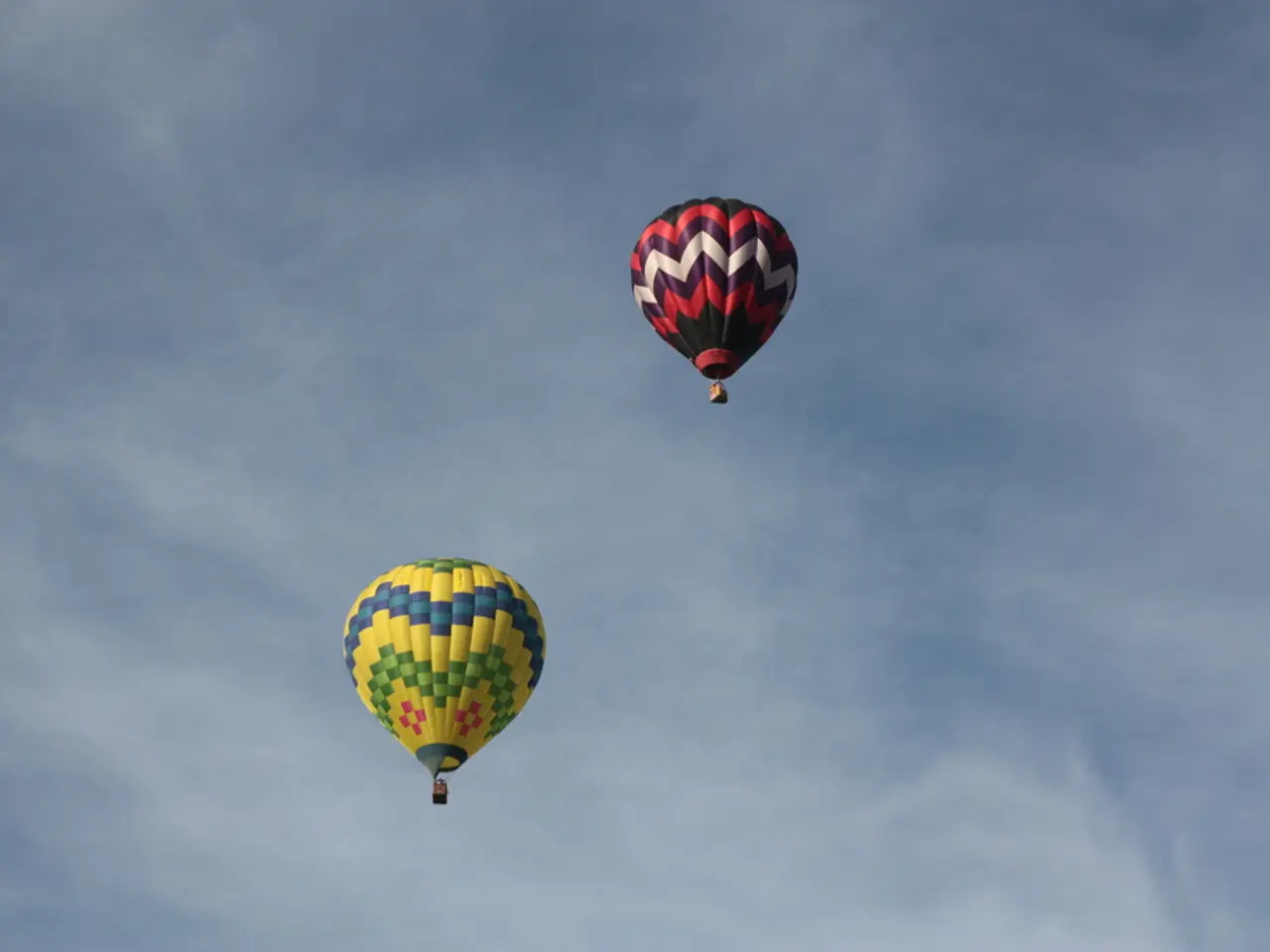UK Successfully Trials Stratospheric Balloons for ISR Missions
The UK has successfully trialed high-altitude balloons for Intelligence, Surveillance, and Reconnaissance (ISR) missions, marking a significant advancement in stratospheric surveillance platforms. Led by British firm Voltitude in collaboration with Landguard Systems (UK) and Aerostar (US), the project, known as AETHER, has demonstrated remarkable low operational costs.
The uncrewed balloons, developed in the UK, can fly at altitudes between 60,000 and 80,000 feet, operating continuously for over five days with a single person for operation. Each balloon can carry payloads of up to 3kg, including lightweight weather sensors, and can endure harsh conditions. The Ministry of Defence is now evaluating further applications, including platforms capable of carrying heavier payloads and remaining aloft for longer mission durations.
James Gavin, Head of the UK Defence Innovation, Prove and Exploit team, highlighted the strategic significance of this innovation. As a defence platform, the balloons are expected to provide persistent ISR, enhance communications, and offer internet connectivity in disaster zones or remote regions. The trials, conducted in South Dakota, USA, with support from the Ministry of Defence's procurement arm, Defence Equipment & Support (DE&S), have shown promising results. Additionally, the system has potential applications in weather forecasting and climate research, providing dual civilian and military benefits.
The successful trials of the UK-developed stratospheric balloons under Project AETHER pave the way for further exploration and application of these remarkable platforms. With their low operational costs and versatile uses, they are set to revolutionize ISR missions and contribute to weather forecasting and climate research.
Read also:
- Transforming Digital Inventories in the Food Industry: A Comprehensive Guide for Food Businesses
- Munich Airport Unveils Its New Electrical Vehicle Charging Parksite
- 74% of Drought-Prone Regions at Risk by 2100: Urgent Climate Action Needed
- Meteorologist Predicts Major Hurricane for Northeast U.S. by 2030







